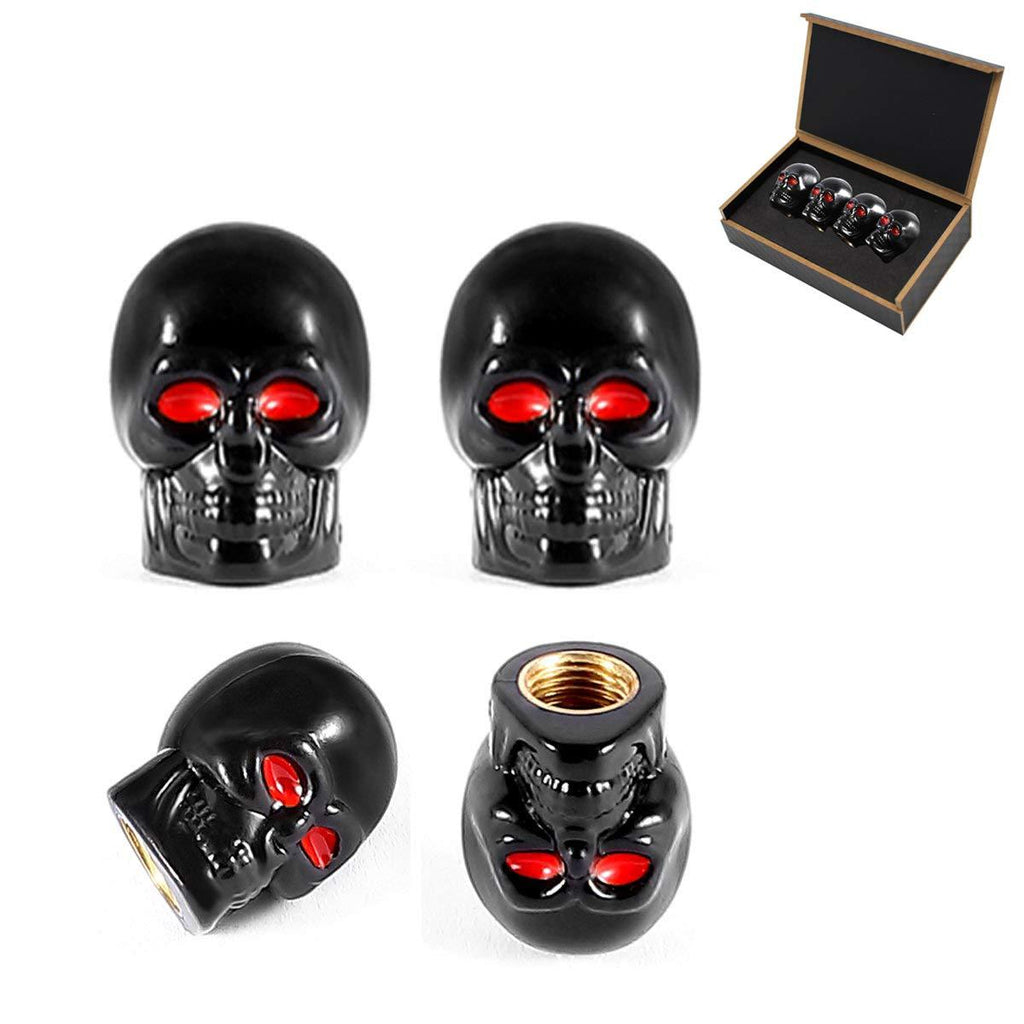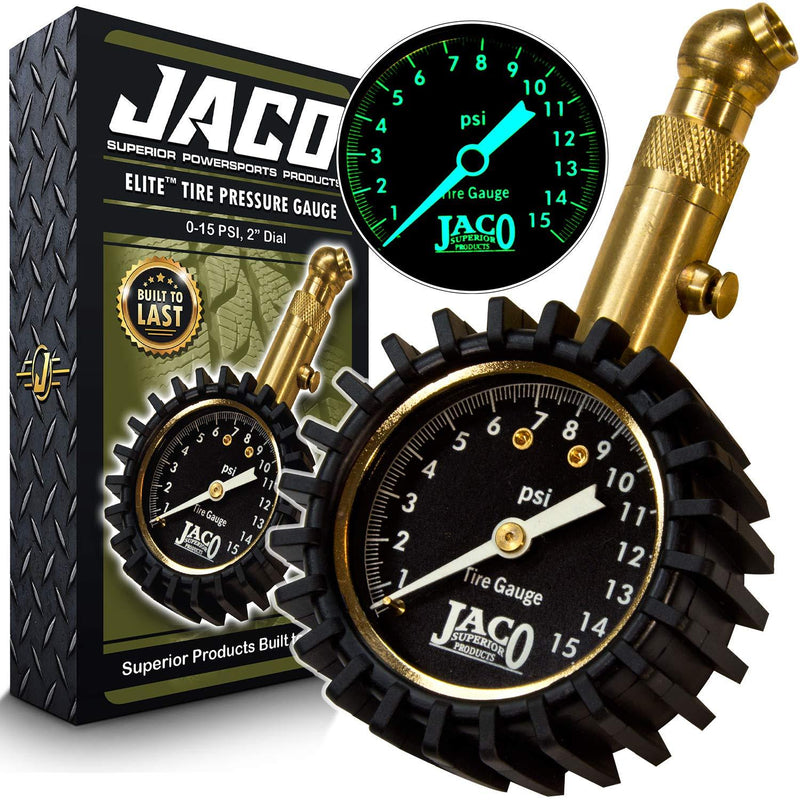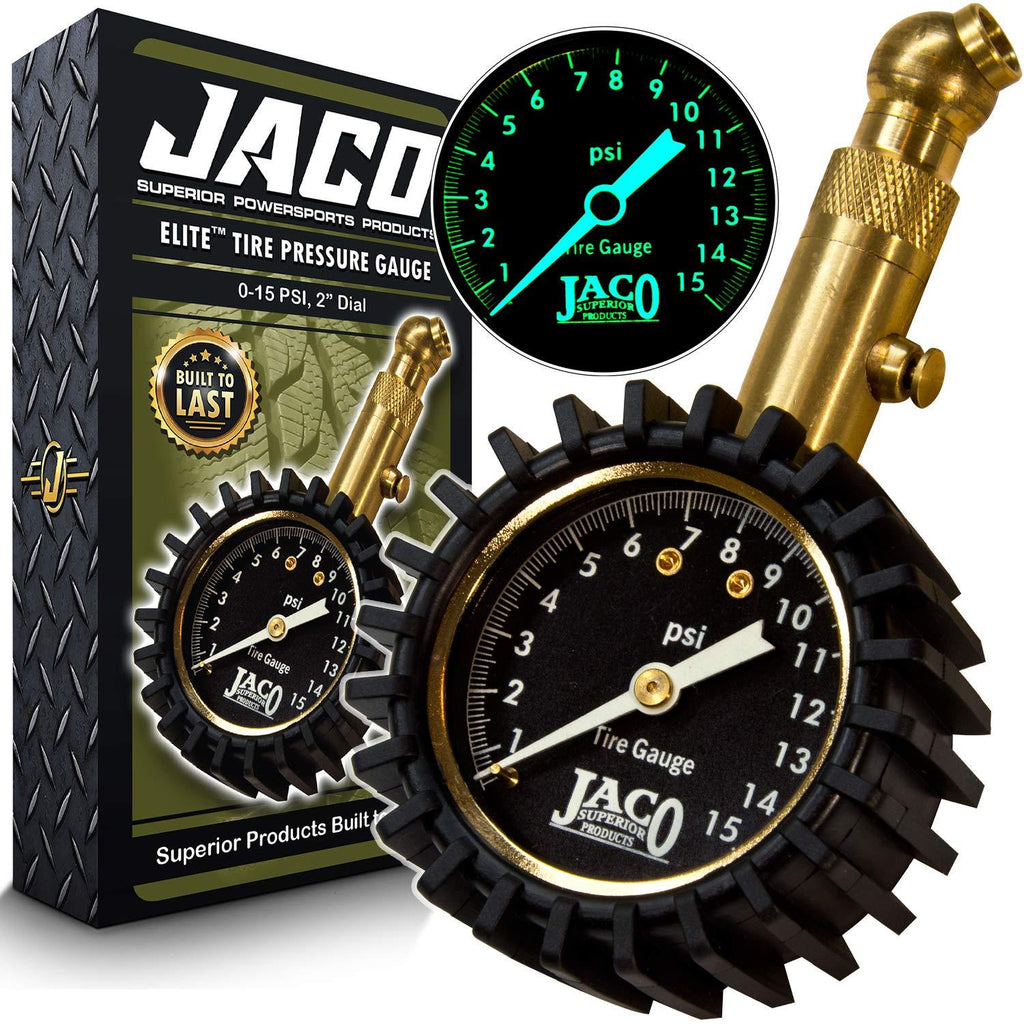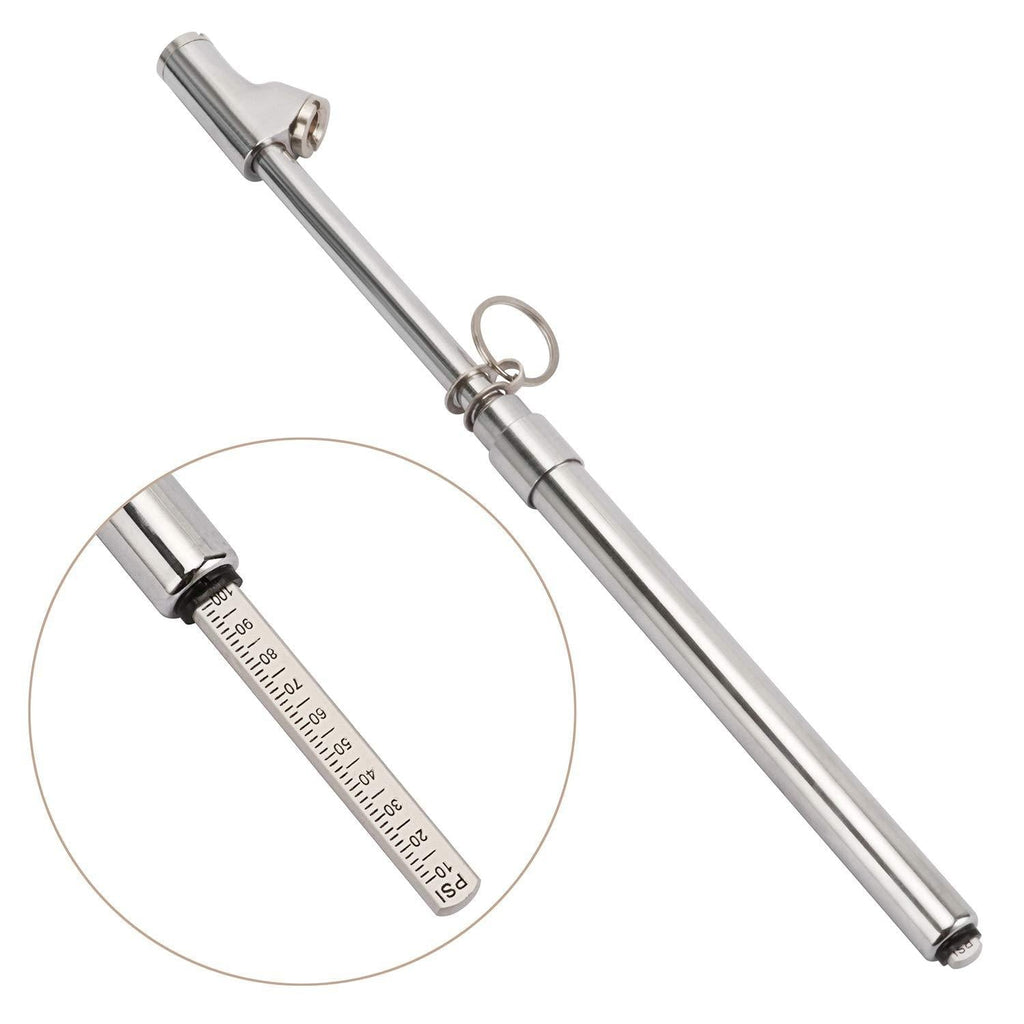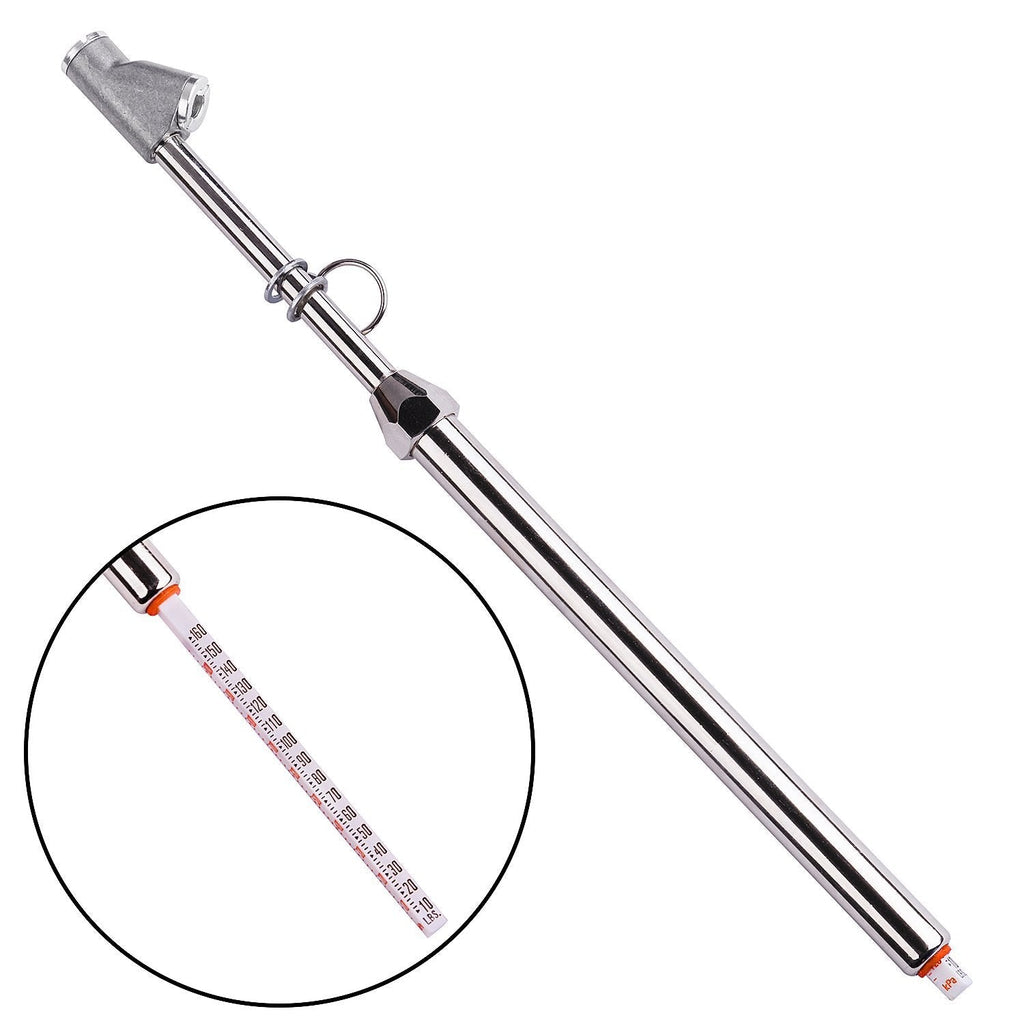KIPA Adjustable Magnetic Gauge Tool Camber Castor Strut Wheel Alignment Tool for Truck Car RV Tire Repair, New Top Strong Magnetic Absorb, Ingenious Design, Practical (Circular end Mounting) Circular end Mounting
KIPA Adjustable Magnetic Gauge Tool Camber Castor Strut Wheel Alignment Tool for Truck Car RV Tire Repair, New Top Strong Magnetic Absorb, Ingenious Design, Practical (Circular end Mounting)
This is An adjustable equipment allows you to return the strut to the original camber position after dismantling and re-assembling the suspension or to check the amount of camber change before re-installing. In- Kind Shooting Specification: Measures the Camber and Caster angle on the wheel hub or brake disc Suitable for accurate checking of the castor and camber angle Has a simple leveling adjustment from -5 degrees to 5 degrees Magnetic gauge attaches to the hub or disc brake Allows adjustment to maintain correct wheel alignment and even tyre wear Time and money saving device Easy to read and convenient to operate. Well, This May be not by any means the best & most expensive tool on the market for caster/camber alignment. However, if you are exchanging existing parts, it can be very accurate. So long as your existing chassis components are properly aligned, you can replicate the accuracy. First clean all the areas to make any necessary index marks on your X, Y, & Z axis points. I use a variety of tools in conjunction with this one. A wire brush, machinist protector, combination square, and scratch awl. Remember, you MUST look at the assembly three dimensionally before loosening any fasteners. Dial in the tool, then begin the service. This tool works well when used properly. A Helpful tip For.......Toe in & Toe Out, pay close attention to your tie rods (Outers for example). Make a TDC index mark before disassembly, then loosen the retention fastener and separate the tie rod ball joint. While maintaining the TDC line keeping it perpendicular to the ground, count the number of revolutions it takes to spin the old tie rod end off. Then match the old tie rod end to the new one. IF the dimensions are EXACT in every way, then spin the new outer tie rod end onto the tie rod. Spin it the same amount of revolutions all while ensuring the TDC line stays completely perpendicular, then STOP. Put the ball joint back together putting the castle nut on hand tight to hold it. Then snug up the tie rod retention fastener to the tie rod end again keeping the TDC index mark perpendicular using an appropriate tool to hold the tie rod itself. Tighten everything to spec, install the cotter pin in the castle nut KEEPING THE TDC MARK perpendicular. Don't forget to grease the zerk fitting. You could use this method for years and have your toe in & out checked digitally getting new tires. The mechanic on duty couldn't believe You achieved driver side 0.001 & 0.002 passenger side accuracy...by hand! Accurate, built well and a solid magnet It has a powerful magnet could be easily mounted on all kinds of metal surface.(Note:Please double check and make sure the panel is balance before using.You could screw the button behind the gauge to adjust panel level The body of gauge is made of high density aluminum and precision level vial, but the mount is made of metal so that please live it away from water, or maybe it will get rusty Size: 4.5’’1.2’’0.8’’ It has a simple leveling adjustment from -5 degrees to 5 degrees Read more Caster angle adjustment description A positive caster angle produces a self-centering action of steering, and gives a steering feedback for the driver in straight line. This makes a vehicle easier to drive with a better steering response and directional stability. It also causes a camber gain (less negative camber) when steering on the outer wheel and thus improves vehicle behavior in cornering. Due to this caster angle, a power steering is usually used by manufacturers. With a positive mechanical trail, the wheel is “pulled” by the vehicle as a wheel of a shopping trolley. Thus, it produces a self-righting effect in straight line which affects the vehicle’s straight- line stability. This induces forces in the steering and makes the vehicle sensitive to lateral forces. A negative mechanical trail will increase the tendency to wander. King pin angle adjustment description The king pin angle has an influence on the geometric variations of the wheel plan when steering and the forces transmitted to the chassis. Combined with the caster angle, it affects the steering stability. The king pin angle must be positive to allow a better steering feedback but should not be too high to limit the camber gain when steering. In fact, when a steering wheel angle is applied it induces a negative camber gain on the outer wheel and a positive camber gain on the inside wheel. The scrub radius is the “lever arm” of longitudinal forces applied at the contact patch (when braking). On the front suspension, a positive scrub radius gives stability because it causes toe out when braking and toe in when accelerating. A negative scrub radius is suitable for vehicles with high power engine and a positive scrub radius offset Camber angle adjustment Camber plays an important role on lateral forces provided by the tire. Static camber angle can compensate camber gain on the outside wheel when the vehicle is rolling. The graph below shows the lateral force as a function of tire slip angle for different camber angles. A positive caster angle produces a self-centering action of steering, and gives a steering feedback for the driver in straight line. This makes a vehicle easier to drive with a better steering response and directional stability. It also causes a camber gain (less negative camber) when steering on the outer wheel and thus improves vehicle behavior in cornering. Due to this caster angle, a power steering is usually used by manufacturers. With a positive mechanical trail, the wheel is “pulled” by the vehicle as a wheel of a shopping trolley. Thus, it produces a self-righting effect in straight line which affects the vehicle’s straight- line stability. Read more Simple instruction on how to use This wheel alignment tool 1. Remove the wheel alignment sensor (Clip tool), remove the tire; 2, The magnetic level gauge carefully on the side of the suction wheel disc brakes; 3, the water level was adjusted to zero; 4, install the required location specific parts; 5, use a special tool, with the degree of magnetic level gauge indication, adjust the positioning of the part to the desired measurement angle. 6, retest with locator If there is a little deviation, just to fine-tune the vehicle. (Usually a slight deviation does not cause fault location) You could use this method for years and have your toe in & out checked digitally getting new tires. The mechanic on duty couldn't believe You achieved driver side 0.001 & 0.002 passenger side accuracy...by hand! Read more
Product Features
- This adjustable gauge allows you to return the strut to the original camber position after dismantling and re-assembling the suspension or to check the amount of camber change before re-installing. Measures the Camber and Caster angle on the wheel hub or brake disc. Suitable for accurate checking of the castor and camber angle
- Wheel Alignment tool
- Universial Automotive Tool For Wheel Alignment
- It has a powerful magnet could be easily mounted on all kinds of metal surface.(Note:Please double check and make sure the panel is balance before using.You could screw the button behind the gauge to adjust panel level)
- The body of gauge is made of high density aluminum and precision level vial, but the mount is made of metal so that please live it away from water, or maybe it will get rusty

![[AUSTRALIA] - KIPA Adjustable Magnetic Gauge Tool Camber Castor Strut Wheel Alignment Tool for Truck Car RV Tire Repair, New Top Strong Magnetic Absorb, Ingenious Design, Practical (Circular end Mounting) Circular end Mounting](http://leoforward.com/cdn/shop/products/B07715X191_800x.jpg?v=1650862215)
![[AUSTRALIA] - KIPA Adjustable Magnetic Gauge Tool Camber Castor Strut Wheel Alignment Tool for Truck Car RV Tire Repair, New Top Strong Magnetic Absorb, Ingenious Design, Practical (Circular end Mounting) Circular end Mounting](http://leoforward.com/cdn/shop/products/51zrbKEoO6L_800x.jpg?v=1622680664)
![[AUSTRALIA] - KIPA Adjustable Magnetic Gauge Tool Camber Castor Strut Wheel Alignment Tool for Truck Car RV Tire Repair, New Top Strong Magnetic Absorb, Ingenious Design, Practical (Circular end Mounting) Circular end Mounting](http://leoforward.com/cdn/shop/products/61whrfWCTvL_800x.jpg?v=1622680664)
![[AUSTRALIA] - KIPA Adjustable Magnetic Gauge Tool Camber Castor Strut Wheel Alignment Tool for Truck Car RV Tire Repair, New Top Strong Magnetic Absorb, Ingenious Design, Practical (Circular end Mounting) Circular end Mounting](http://leoforward.com/cdn/shop/products/61wSp5m-nML_800x.jpg?v=1622680664)
![[AUSTRALIA] - KIPA Adjustable Magnetic Gauge Tool Camber Castor Strut Wheel Alignment Tool for Truck Car RV Tire Repair, New Top Strong Magnetic Absorb, Ingenious Design, Practical (Circular end Mounting) Circular end Mounting](http://leoforward.com/cdn/shop/products/512K3PSJruL_800x.jpg?v=1622680664)
![[AUSTRALIA] - KIPA Adjustable Magnetic Gauge Tool Camber Castor Strut Wheel Alignment Tool for Truck Car RV Tire Repair, New Top Strong Magnetic Absorb, Ingenious Design, Practical (Circular end Mounting) Circular end Mounting](http://leoforward.com/cdn/shop/products/51GgwoBqEjL_800x.jpg?v=1622680664)
![[AUSTRALIA] - KIPA Adjustable Magnetic Gauge Tool Camber Castor Strut Wheel Alignment Tool for Truck Car RV Tire Repair, New Top Strong Magnetic Absorb, Ingenious Design, Practical (Circular end Mounting) Circular end Mounting](http://leoforward.com/cdn/shop/products/51y_2BKmoHUDL_800x.jpg?v=1622680664)
![[AUSTRALIA] - KIPA Adjustable Magnetic Gauge Tool Camber Castor Strut Wheel Alignment Tool for Truck Car RV Tire Repair, New Top Strong Magnetic Absorb, Ingenious Design, Practical (Circular end Mounting) Circular end Mounting](http://leoforward.com/cdn/shop/products/51kXW2y4EwL_800x.jpg?v=1622680664)
![[AUSTRALIA] - KIPA Adjustable Magnetic Gauge Tool Camber Castor Strut Wheel Alignment Tool for Truck Car RV Tire Repair, New Top Strong Magnetic Absorb, Ingenious Design, Practical (Circular end Mounting) Circular end Mounting](http://leoforward.com/cdn/shop/products/51R86fDWq8L_800x.jpg?v=1622680664)
![[AUSTRALIA] - JACO ElitePro Tire Pressure Gauge - 60 PSI](http://leoforward.com/cdn/shop/products/B015HURK64_800x.jpg?v=1650863074)
![[AUSTRALIA] - JACO ElitePro Tire Pressure Gauge - 60 PSI](http://leoforward.com/cdn/shop/products/B015HURK64_1024x.jpg?v=1650863074)
![[AUSTRALIA] - LUMITECO Locking Tire Chuck with Rubber Hose and Standard Tire Valve Fine Thread, Tire Inflator Pump Hose Adapter for Twist On Convert to Lock On Connection](http://leoforward.com/cdn/shop/products/B07MX882J8_800x.jpg?v=1650859352)
![[AUSTRALIA] - LUMITECO Locking Tire Chuck with Rubber Hose and Standard Tire Valve Fine Thread, Tire Inflator Pump Hose Adapter for Twist On Convert to Lock On Connection](http://leoforward.com/cdn/shop/products/B07MX882J8_1024x.jpg?v=1650859352)
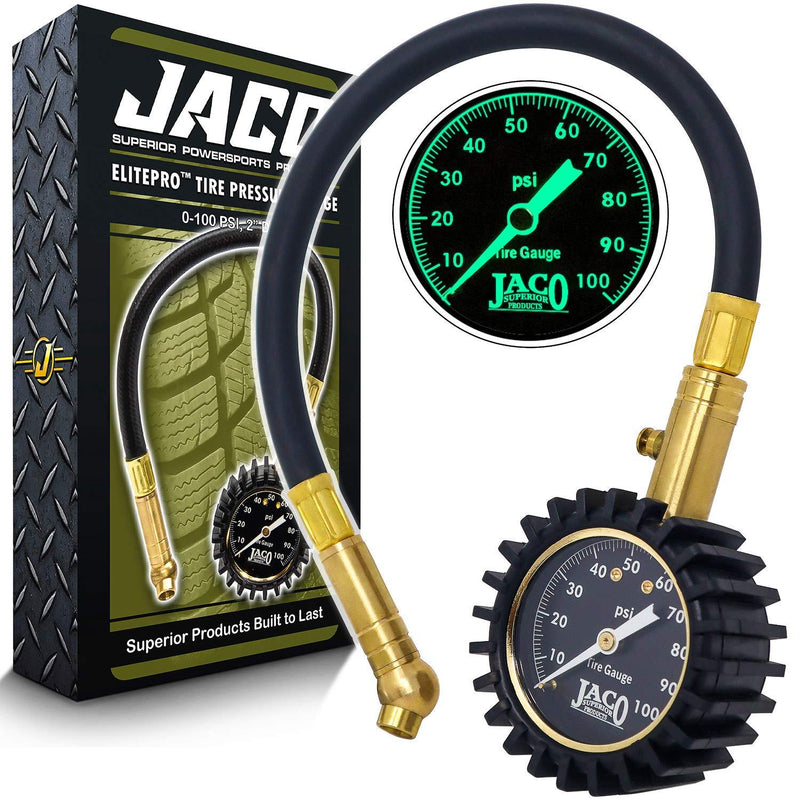
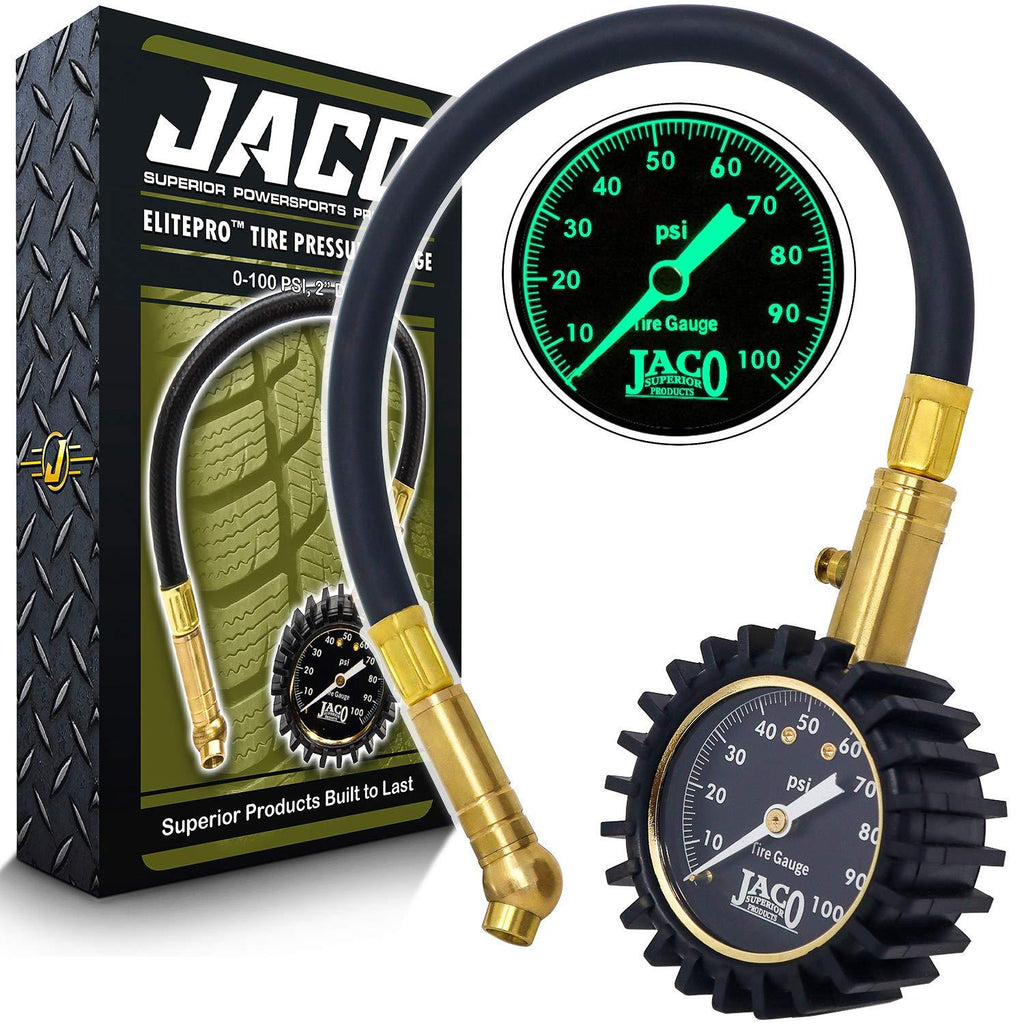

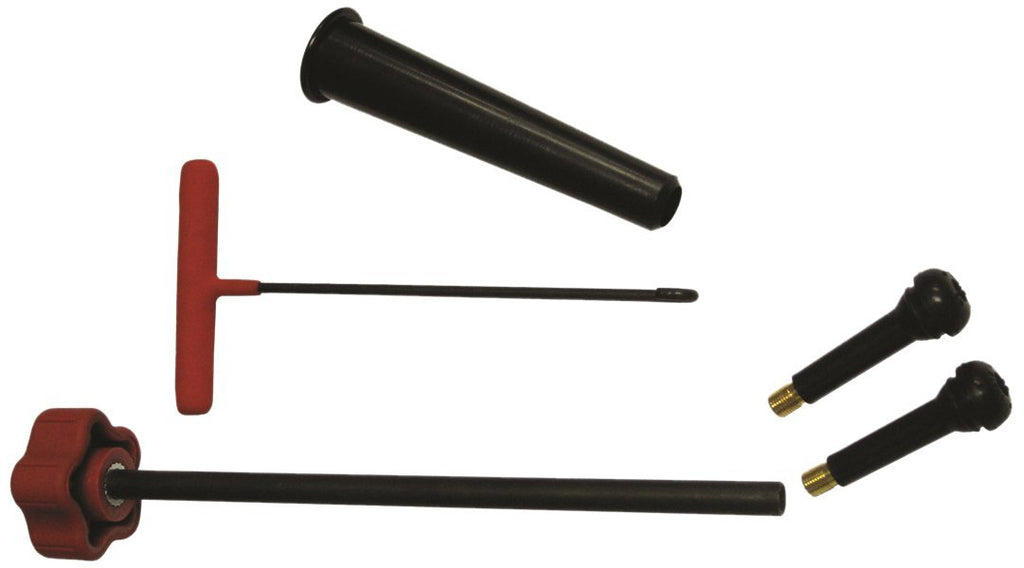
![[AUSTRALIA] - Dr.Roc Tire Spoon Lever Dirt Bike Lawn Mower Motorcycle Tire Changing Tools with Durable Bag 3 Tire Irons 2 Rim Protectors 1 Valve Core and Caps Set 11"](http://leoforward.com/cdn/shop/products/B01M3SJ699_800x.jpg?v=1650861436)
![[AUSTRALIA] - Dr.Roc Tire Spoon Lever Dirt Bike Lawn Mower Motorcycle Tire Changing Tools with Durable Bag 3 Tire Irons 2 Rim Protectors 1 Valve Core and Caps Set 11"](http://leoforward.com/cdn/shop/products/B01M3SJ699_1024x.jpg?v=1650861436)
![[AUSTRALIA] - Buffing Tire Wheel, 1.5" Buffing Dome Wheel Tire Patch Tire Buffing Kit 3/8"-24 Thread" With Linking Rod](http://leoforward.com/cdn/shop/products/B07VGJZ69D_800x.jpg?v=1650804635)
![[AUSTRALIA] - Buffing Tire Wheel, 1.5" Buffing Dome Wheel Tire Patch Tire Buffing Kit 3/8"-24 Thread" With Linking Rod](http://leoforward.com/cdn/shop/products/B07VGJZ69D_1024x.jpg?v=1650804635)
![[AUSTRALIA] - QWORK Tire Changer, Automobile Tire Changer Mount Demount Duck Head Tool with 1 Pair Rim Protector for Replacement, Cast Steel, 30mm](http://leoforward.com/cdn/shop/products/B0831KQ9CH_800x.jpg?v=1650804018)
![[AUSTRALIA] - QWORK Tire Changer, Automobile Tire Changer Mount Demount Duck Head Tool with 1 Pair Rim Protector for Replacement, Cast Steel, 30mm](http://leoforward.com/cdn/shop/products/B0831KQ9CH_1024x.jpg?v=1650804018)

